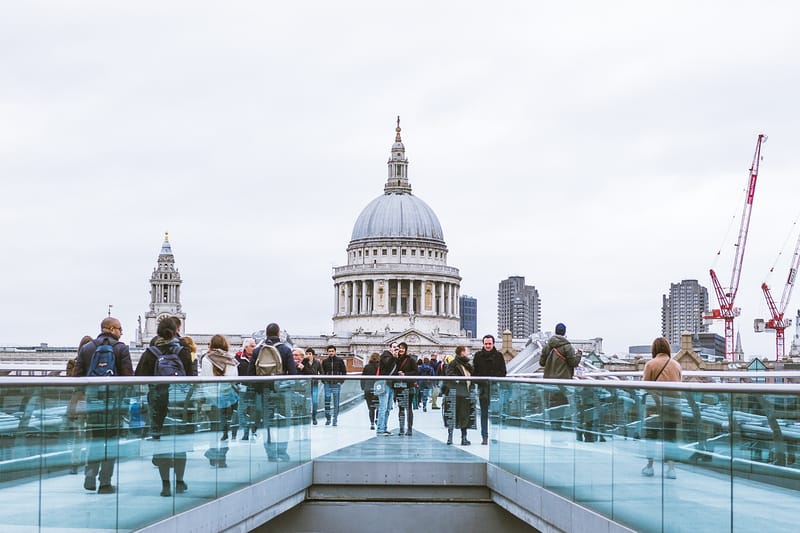

After all that, it never actually appeared on screen!Ī funny story is that the Cathedral staff now can’t remember what colour the door was before filming, and no one has any photos.Ĩ. The crew decided it didn’t look very ‘Hogwarts’ and paid to have it painted brown. Brown door on East Corridor (near the Moaning Myrtle door) – we were told this brown door was either blue or green before Harry Potter filming. The lead pipes providing water were removed when Henry VIII ordered all monasteries to be closed. Since handwashing was required before monastery mealtimes, the lavatorium would have been placed near the eating area. History of Gloucester Cathedral Lavatorium: It’s the country’s oldest surviving lavatorium (followed by the one at Durham Cathedral).

The actual bathroom scene where the students defeat the troll doesn’t happen in the Lavatorium, only the prelude before the troll enters. Knowing Hermione is in the girl’s bathroom, Harry and Ron run down to the dungeons and hide in the Lavatorium while the troll walks by dragging his bat on the floor.

He then collapses on the floor and the students go wild while Dumbledore tries to calm them down. This is right after Professor Quirrell comes running into the Great Hall shouting ‘troll! In the dungeons! Thought you ought to know!’. Harry Potter filming at the Lavatorium: We see this location when Harry and Ron hide from the troll in the Philosopher’s Stone. The second Gloucester Cathedral Harry Potter location on North Corridor is the Lavatorium, once a communal washing area for the monks. Several TV shows have been filmed at Gloucester Cathedral including several of the Harry Potter movies. The Cathedral is kept in traditional style and only repaired, not remodelled or modernised.Ī new era began when audiences became fascinated by period dramas. Since the 1700s, things have run more smoothly. Then began the troubled days: in the 16th and 17th centuries, several bishops were burnt at the stake over differing views surrounding the country’s new religion (Church of England).

When Henry VIII split from Rome in the 1500s, it became a Cathedral rather than Abbey. Major events during the Middle Ages include the crowning of Henry III and the burying of King Edward II. It became a Norman Abbey after the conquest of 1066 and grew into a magnificent abbey, overseen by a monk named Serlo. It was first founded by Anglo-Saxon prince, Osric, in 678 AD although little is known about its early days. It’s been forcibly dissolved (and rescued) and see the crowning of kings and world wars. With over 1,300 years of history, Gloucester Cathedral has seen it all.


 0 kommentar(er)
0 kommentar(er)
